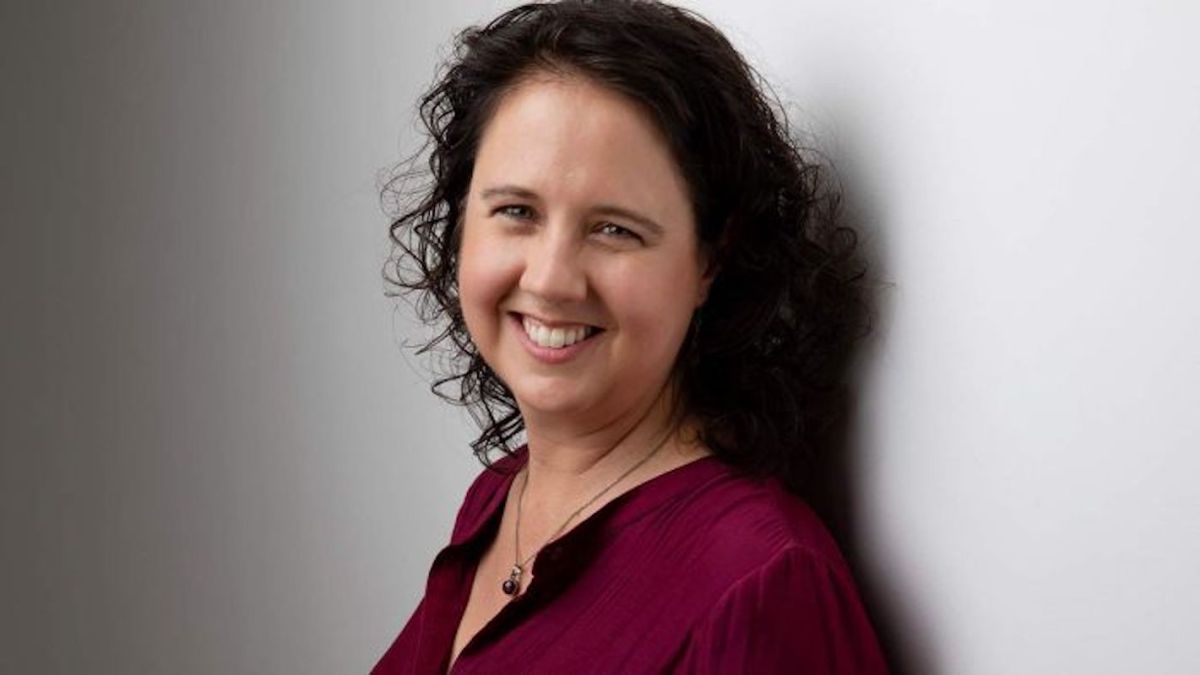What was your first job?
My first paid job was working in a small fabric store as a shop assistant when I was 14.
When did you know you wanted to work at the intersection of business and sustainability?
I realised when I started working for a small NGO in Sri Lanka in 1999 that unless people can meet their basic needs, environmental issues will always come second. But if we don’t have a healthy environment, we can’t sustain ourselves. The issues are interlinked. So if we want serious action on climate change, we need to make sure that people can see the new jobs and industries that will sustain them into the future.
When did you first discover the concept of Impact Investing?
Back in 2012, a friend and I started lending money to small start-ups that had a social and environmental wellbeing focus. We wanted to support small enterprises that were putting into practice the values we wanted to see more of in the world – feminist economic principles, respecting natural systems and cycles, human rights and holistic approaches to health and wellbeing. I think the first loan we made was for $5,000 and the biggest was $50,000. It was a steep learning curve. We didn’t know it was called impact investing back then. We just wanted to do it.
What’s one exciting development you and your team have in the pipeline?
We want to play a more active role in facilitating the flow of financial resources to regional areas to support initiatives that not only reduce and absorb carbon emissions and create new jobs and revenue, but also facilitate greater social and environmental wellbeing. There’s a lot of investment in the energy space at the moment, but not enough to support nature based climate solutions and new land management practices, better and more energy efficient housing, and circular economy initiatives. We’d also like to see more money supporting collective approaches to economic development, such as cooperatives that support local manufacturing and processing.
What was the most interesting impact deal (from any team across Asia/Pacific) in the past 12 months?
I’ve been really inspired by the new approach Sustainable Table is taking to find food related initiatives to invest in. They have a portfolio approach to their investment, so are able to draw on both philanthropy and impact investment to support initiatives that address the systemic issues that are contributing to food insecurity, supply chain problems and environmental degradation. In this way, they are trying to address the fundamental causes of the problems in the food system, rather than the symptoms. They are also inspiring in that they are prioritising regenerative initiatives led by women and First Nations leaders.
Name one high impact company (globally) that investors should keep their eye on?
Hmm…. I’m not sure I can name just one. What I think investors should be keeping an eye out for is the opportunity to support existing industries to decarbonise their operations. It’s not as sexy as investing in something new and shiny, but it can be a safer return on investment and it is important to accelerate these efforts right now. On a less positive note, investors should be wary of some of the geo-engineering solutions that are starting to emerge to reduce / absorb emissions. We don’t want high tech solutions that end up causing more environmental damage down the track.
What’s your vision for impact investing in 5 years time?
I would like to see the principles and ethos behind impact investing are mainstreamed across all investment decisions. So all investment decisions have to meet criteria around economic, social and environmental returns. This would mean that we would no longer see any investment in fossil fuel projects (new or existing).

